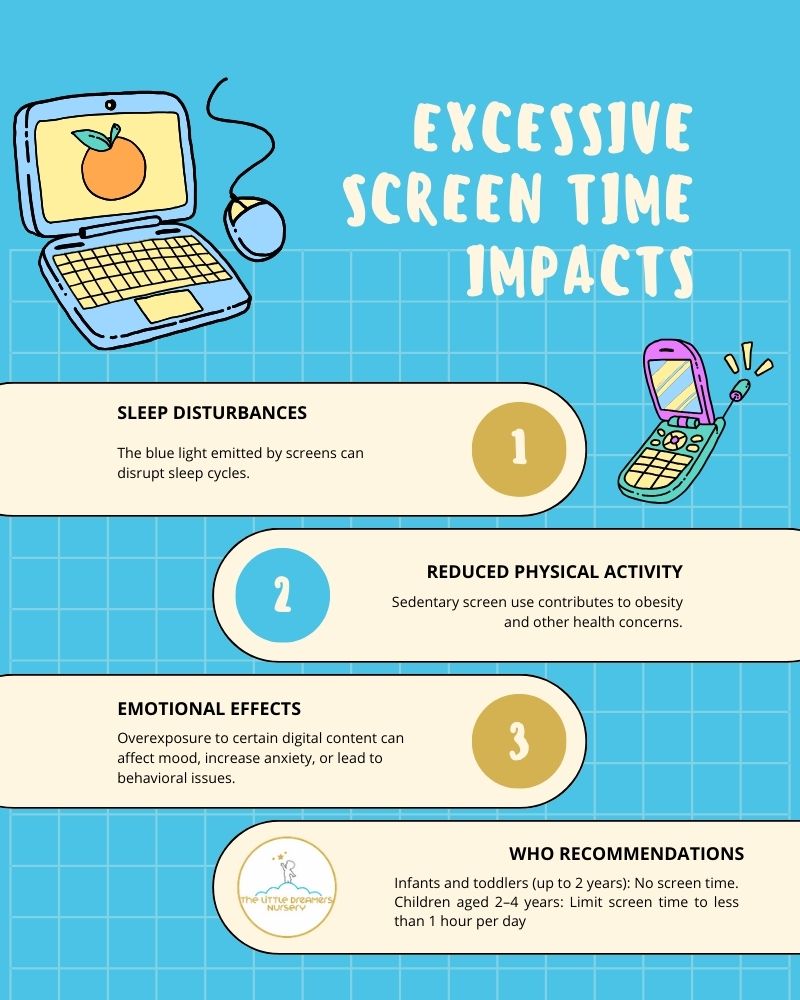Report on AI Adoption in American Education and Alignment with Sustainable Development Goals (SDGs)
Introduction
American educators have rapidly adopted artificial intelligence (AI) tools in classrooms, with 60% of teachers reporting AI use in their lessons. However, a significant gap exists as most schools are not teaching students how to use these powerful AI tools responsibly. This report highlights the current state of AI integration in U.S. K-12 education, emphasizing the importance of aligning AI adoption with the Sustainable Development Goals (SDGs), particularly Quality Education (SDG 4), Reduced Inequalities (SDG 10), and Responsible Consumption and Production (SDG 12).
Current State of AI Adoption in Education
- Only 25% of teachers have integrated AI meaningfully into instruction.
- 35% of schools have established guidelines for AI use, while 27% have no AI rules in place.
- Teachers use AI for lesson planning, creating differentiated materials, and supporting English language learners.
- Most AI experimentation occurs without formal training or institutional support.
Challenges in AI Policy and Implementation
- Over 80% of schools lack clear guidelines on AI use, creating uncertainty about acceptable practices.
- Inconsistent AI policies lead to varied student experiences within the same school.
- Absence of formal AI education risks undermining academic integrity and equitable learning opportunities.
Emphasizing Sustainable Development Goals
The integration of AI in education must support the following SDGs:
- SDG 4: Quality Education – Ensuring inclusive and equitable quality education by teaching responsible AI use and digital literacy.
- SDG 10: Reduced Inequalities – Providing equal access to AI tools and training for all students, including marginalized groups such as English language learners.
- SDG 12: Responsible Consumption and Production – Promoting ethical use of AI technologies and fostering critical thinking about AI-generated content.
Opportunities for AI Literacy and Responsible Use
- Teaching prompt engineering and understanding AI limitations.
- Recognizing bias in AI outputs and maintaining academic integrity.
- Developing ethical collaboration strategies between students and AI.
- Incorporating AI literacy into curricula to enhance critical evaluation skills.
Recommendations for Effective AI Integration
- Develop Comprehensive AI Policies: Establish clear, adaptable guidelines that balance innovation with academic integrity.
- Invest in Educator Training: Provide ongoing professional development focused on pedagogical integration and ethical AI use.
- Create AI Literacy Curricula: Educate students on effective, responsible AI utilization, including critical thinking and ethical considerations.
Building a Responsible AI Culture in Schools
Successful AI integration is characterized by:
- Clear policies and guidelines for AI use.
- Comprehensive teacher training programs.
- Explicit instruction on responsible and ethical AI practices.
Organizations like WIT (Whatever It Takes) have pioneered platforms such as WITY to teach AI usage with transparency and accountability, demonstrating effective models for AI integration aligned with educational integrity.
Conclusion and Path Forward
The rapid adoption of AI by educators presents a critical opportunity to advance Sustainable Development Goals through quality, inclusive, and responsible education. To harness AI’s full potential, schools must:
- Develop and implement comprehensive AI policies.
- Invest in continuous educator training focused on AI integration and ethics.
- Incorporate AI literacy into student curricula to prepare learners for an AI-integrated future.
Aligning AI adoption with SDGs ensures that students gain not only exposure to AI tools but also the skills and ethical frameworks necessary for responsible use. This approach prepares students for success in an increasingly AI-driven world while promoting equitable and sustainable educational outcomes.
1. Sustainable Development Goals (SDGs) Addressed or Connected
- SDG 4: Quality Education
- The article focuses on the integration of AI in education, teacher training, and student learning, directly relating to ensuring inclusive and equitable quality education and promoting lifelong learning opportunities for all.
- SDG 8: Decent Work and Economic Growth
- Preparing students with AI skills for the future workforce aligns with promoting sustained, inclusive, and sustainable economic growth, full and productive employment, and decent work for all.
- SDG 9: Industry, Innovation and Infrastructure
- The article discusses the adoption of AI technology in schools and the need for infrastructure such as policies and training, supporting innovation and building resilient infrastructure.
- SDG 10: Reduced Inequalities
- By addressing the digital literacy gap and ensuring equitable access to AI education, the article touches on reducing inequalities within and among countries.
2. Specific Targets Under Those SDGs Identified
- SDG 4: Quality Education
- Target 4.4: Increase the number of youth and adults who have relevant skills, including technical and vocational skills, for employment, decent jobs, and entrepreneurship.
- Target 4.7: Ensure that all learners acquire knowledge and skills needed to promote sustainable development, including through education for sustainable development and sustainable lifestyles, human rights, gender equality, promotion of a culture of peace and non-violence, global citizenship, and appreciation of cultural diversity.
- Target 4.c: Increase the supply of qualified teachers through training and professional development.
- SDG 8: Decent Work and Economic Growth
- Target 8.6: Reduce the proportion of youth not in employment, education, or training.
- SDG 9: Industry, Innovation and Infrastructure
- Target 9.c: Significantly increase access to information and communications technology and strive to provide universal and affordable access to the Internet in least developed countries.
- SDG 10: Reduced Inequalities
- Target 10.2: Empower and promote the social, economic and political inclusion of all, irrespective of age, sex, disability, race, ethnicity, origin, religion or economic or other status.
3. Indicators Mentioned or Implied to Measure Progress
- Indicator 4.4.1: Proportion of youth and adults with information and communications technology (ICT) skills, by type of skill.
- Implied by the need for AI literacy, prompt engineering skills, and digital literacy among students.
- Indicator 4.c.1: Proportion of teachers receiving in-service training in the last 12 months.
- Referenced through the discussion on teacher training gaps and the need for ongoing professional development on AI integration.
- Indicator 8.6.1: Proportion of youth not in education, employment or training.
- Relevant as the article emphasizes preparing students with AI skills for future employment and economic participation.
- Indicator 9.c.1: Proportion of population covered by a mobile network, by technology.
- Implied through the adoption of AI tools requiring digital infrastructure and access.
- Indicator 10.2.1: Proportion of people living below 50 per cent of median income, by age, sex and persons with disabilities.
- Implied in the article’s concern about equitable access to AI education and reducing disparities.
4. Table of SDGs, Targets, and Indicators
| SDGs | Targets | Indicators |
|---|---|---|
| SDG 4: Quality Education |
|
|
| SDG 8: Decent Work and Economic Growth |
|
|
| SDG 9: Industry, Innovation and Infrastructure |
|
|
| SDG 10: Reduced Inequalities |
|
|
Source: forbes.com







